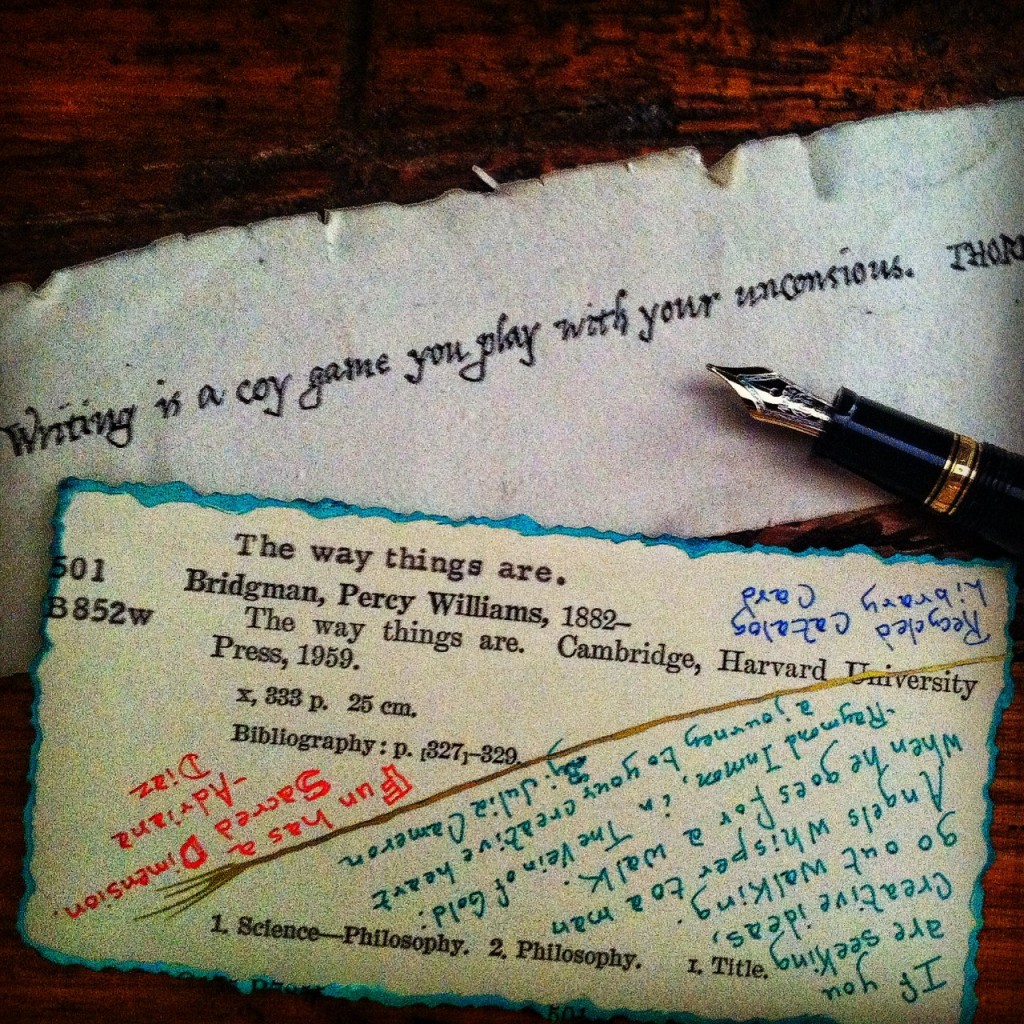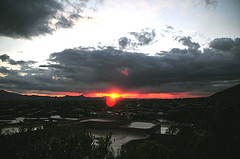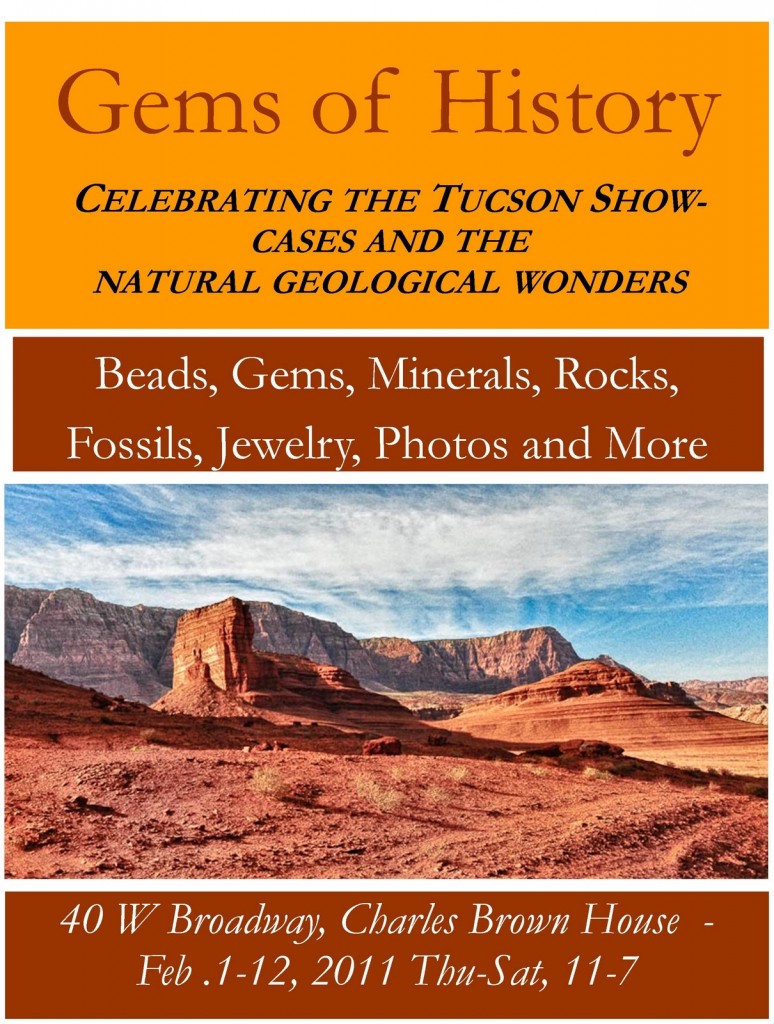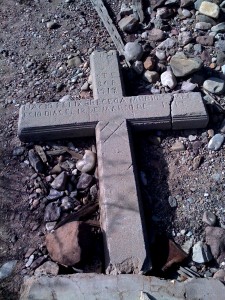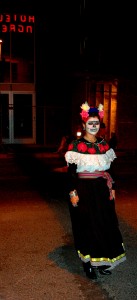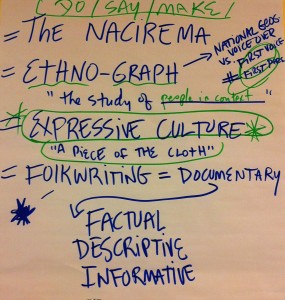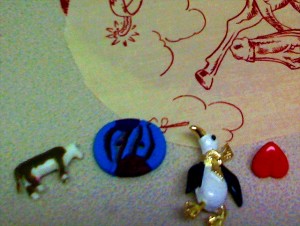My story appeared in Taproot Magazine, Issue 8, Reclaim. I am so grateful to this publication — a magazine and community that have warmed my spirit. The writing process was influential in helping me explore my roots in the province of Reggio Calabria, as well as my Italian heritage in Silk-Throwing and Needlework Arts…
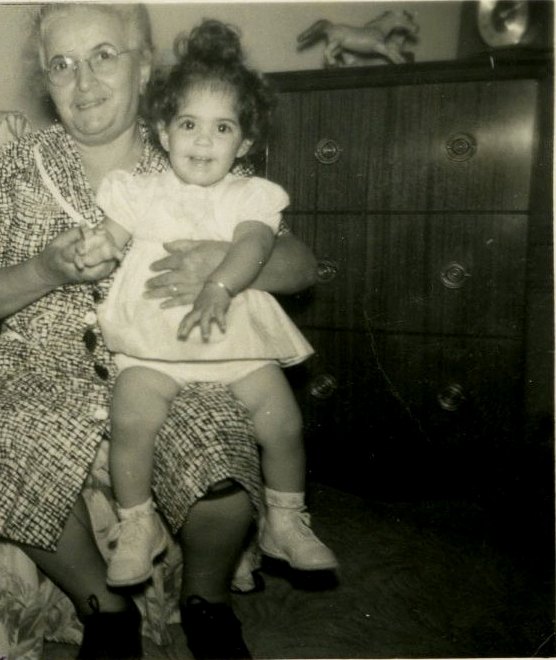
(See pins of Calabria visit on my Italy Pinterest board here.) Story follows:
Fingers flying, she always worked amazing patterns of color and meaning with her threads. This I remember of my grandmother. I was seven as I watched my grandmother turn abstractions into cultural expression through her lace. The rites of passage flowed through me back then, as I admired the beauty of her work, drawn in to explore the silk’s meaning as well as loveliness. Tradition was the “connective-ness” of everything for Grandma. She was never at a loss for inspiration, pulling from her past and from the energy of living cultural traditions to create folk art that is part mystery and part familiar. I wanted to grasp the silk’s meaning and I did, sitting at her knee.
In Grandma’s masterful techniques, I found traditions that delight. I was always struck by how much her art had to say to me. She died when I was seven, but her love of fabric and lace stayed with me.
I had just begun to learn to use a needle when my grandmother died, in 1957. For years after her death, I daydreamed about her clicking needles and threads, missing the comfort of her apron as well as the beauty of her work.
Decades passed: The yearning for those days at her side, watching her cook or embroider, ingesting those skills, somehow diminished with time. Although I still missed her and honored her memory, the passion for her handiwork and her clever applications of intricate embroidery faded in my late teen years. I seemed to have accepted it as my fate, to learn the appreciation but not skills.
So for years, through college, into and through the racetrack of metropolitan life, on to when I moved away from gritty environs of NYC and immigrant community, I felt satisfied that I had inherited my grandmother’s appreciation for needlework, as well as a small, treasured collection of handiwork my mother had saved. All that should be enough, sustain me, at least that is what I thought at the time.
But then something happened, a reawakening when I had my own son. It is alive inside me now as I reach my grandmother’s age, when she died. It is a need to reclaim the art she conveyed to me.
Child of Threads
But we are ahead of ourselves.
First, let me introduce you to my grandmother – from whom my love of needlework art, fiber and embellishments emerged. Domenica Antonina Giuffre was born August 28, 1888 in Villa San Giovanni, a comune (or township) of the Calabria region in southern Italy. This region was a center of sericulture (silk industry production), because the moderate climate and rugged terrain sloping down to the Straits of Messina were a perfect environment for the white mulberry tree, upon whose leaves the silkworm fed.
My grandmother’s mother, Maria (Zagari) Giuffre, worked as a silk thrower in the mill at Villa San Giovanni. In 1899, when she was just 11 years old, my grandmother was given to her mother’s sister, Angela Lagari, to come to America. Why my grandmother traveled to America without her own immediate family is another story…one that I now am slowly starting to research and understand. Back then, poorer families in a southern Calabria comune didn’t have too many choices, and if a child could be given an opportunity in a new land, that opportunity was seized. For now I must say that I believe my grandmother’s aunt loved her, treated her like a daughter, and continued to teach her embroidery and needlework arts as my great-grandmother had begun to do.
My grandmother became a master of embroidery stitches that were worked in silk. Her handwork was her joy but it also was her livelihood: I learned that (probably around 1914) my grandmother worked in factories that beaded lampshades and also embellished costumes for the New York City Opera. My grandfather, too, worked in fiber and cloth – He was a tailor, creating impeccable garments for the wealthy patrons. I believe it was via introduction that they met, and were married in the downtown Brooklyn, NY community where many immigrant families lived. Around the time of my grandparents’ marriage (I gather through research of records), Aunt Angela, who had become like a mother to my grandmother, died in an influenza epidemic. When I look at my grandmother’s wedding portrait I actually sense sadness and a determination in her eyes.
My grandmother, using her needles to earn a living, continued to find joy in her craft, in personal ways. I remember the pace of her long and short strokes, which gave a rhythm and animation to the intricate doilies, cloths and clothing she would create at home. My grandmother’s handwork communicated her love and respect for family. I believe she expressed herself throughout her life, through her work with threads and beads.
Plain sewing skills are necessary before learning embroidery. I imagine that my grandmother learned her practice of needle arts at the knee of her mother and then her aunt…just as I learned them at her knee. When I now think about my family’s family artifacts and stories, and the foundation of personal folklore and folkarts that has been formed through Grandma’s craft, I realize that I am tied also to roots of a silk-throwing culture that began for my family in mid-1800s, in Italy.
Reclaiming the Folk art in My Heritage
Does inspiration always come by looking through a rear view mirror into culture? For me that is what happened. I decided last year to visit Villa San Giovanni, to try to glimpse the ancient processes and rituals are at the heart of art, to give it new meaning in my life. My trip was a brief one – stumbling through history, visits to the comune office and quick intros to distant family still remaining – all with no command of my grandmother’s native language. Because of the devastating Earthquakes in Villa San Giovanni, many records were lost. But through Calabria researchers I was able to find some scraps of information regarding the local craft of sericulture. This handcraft was practiced in small mills. Due to a mix of earthquakes, Italian politics and wealthier regions adapting the practice more efficiently – the local industry eventually dried up. So when I returned there was nothing left save for the bones of old factories and scattered mulberry trees in the hills. As a result, I have clung even more tightly to the few pieces of my grandmother’s handiwork that have survived….and take pride knowing that she was a bearer of a beautiful traditions that evolved in many ways, in a mix of experiences and under the influence of family as teachers.
The Christening Gown
My collection includes my grandmother’s needlework in both silks and delicate crochet cottons. There are her traditional Italian lace doilies, her tablecloths with fine embroidery and drawn thread designs, her beaded purses and the crocheted sweater made for my mom. Core to my collection is the 1916 christening gown, slip and cap made from linen and embellished with silks and details. This I know: The gown was created with such love and attention for my dad, Francis Anthony Surfaro, the first born son of Italian immigrant artisans.
The embroidery I see on the christening gown needs no interpretation if you look at it from an atheistic sense – all lovers of beauty I suspect will admire her work. Almost a century after it was made the garment conveys an expression of skilled art generated from a deep pride in a heritage that I would like to make my own. When the gown, so carefully preserved by my grandparents and parents, was passed on to me, I began to look more carefully at the details of the christening gown – the stitches, patterns, and smocking that was evidence of my grandmother’s skill in the practice of traditional Italian silk and needlework arts. At first glance, an observer might just see a pretty garment. But, looking closer, a layering craftsmanship is revealed that communicated the depth of the heritage I seek to reclaim.
To this day, more than 55 years after her death, my grandmother’s silk is still the fabric of life for me. It’s the thread that dances in the embroidery of that very special christening gown made in 1916 for my dad, a gown also worn by me in 1950 and then again by my son, when he was christened in 1983.
Grandmother, in My Mind’s Eye
The cream-colored christening gown has lived most of its life nested in a dresser drawer. But it is alive on its own, still, because of my grandmother’s work and because of my mom’s care. It is alive because it is scented with family but especially with my father and most recently my son. I hope it will stay in my family, generation after generation, where children and mothers will feel its linen and the embossed designs and know it came from a rich history and it came from love.
It came from my grandmother’s belief and pride in her culture, and from a generosity to share with her community, when she brought her first son into a new world. I know holding him in that christening gown, in America, was an unspeakable emotion, with visions of a future limitless in front of her, such pride in her child and where he would go.
The gown speaks to me more, now. I see it as a marker of my family history. The gown is a symbol of a rare craft and of Italian American hope in a free new world. The gown is a symbol of sadness, too, because in it I watch the end of a passing of a traditional art. I was too young to learn its subtleties from my grandmother. As a teen I employed sewing arts passed along by my mom, but I did not pursue to intricacies of the embellishment arts, including the embroidery. How I wished I had asked more questions, learned more, to be able someday to teach the skill to my own grandchildren. The importance of the tradition is not enough, but it is the base from which I am learning reclamation.
***
The christening gown is symbolic of my personal process to reclaim heritage. I still ask myself many questions in my research – some answers will never be found. Who knows if the silks my grandmother used were from Calabria silkworms, nurtured by Calabrian white mulberries? My grandmother’s mom, who worked in the silk mill in Villa San Giovanni, could have woven those threads. This I would like to believe. There are treads upon threads of beautiful and sturdy strands in the gown, still firm today.
The very finely detailed flowers, balls and lines of stitches, using Venetian lace designs and Sicilian drawn threadwork, smocking and patterning: How long did the gown take her to make? When did she start it? How did she feel when she gave birth to my dad and christened him, for the entire world to see, the first Surfaro in America?
I have a formal portrait, 1916, of my father in his christening gown. I have an old and crumbling photo of my grandmother and grandfather at their wedding ceremony. Stern and proper as the style of the day dictated, their proud gaze moved me today. I see a glimpse of such hope in her eyes. You will see it, I think, in the photo I send to accompany this story.
I was young, but I always will remember sitting alongside my grandmother in the kitchen or in her backyard garden, filled with mint leaves, basil and other herbs. It was all one in the kitchen, this practice of sewing and cooking and family talk. Keeping the memory strong reinforces my reclamation.
When Grandma died, my mom gathered many things, including the christening gown. I am glad she did.
After Brett’s christening day 30 years ago, I put the gown back in my drawer… and it has stayed with me ever since. I carried it here to Tucson, Arizona where it speaks strongly to me. It tells me of lost rituals of hand and thread.
In reclaiming the symbols of the christening gown, lately I have been feeling great, joyful power. Perhaps in my retirement I will learn to make something beautiful to sit alongside the gown. I know I will continue to honor the skills and traditions brought alive in the gown. May the gown anchor my family folklore, and help my family reclaim the great pride it symbolizes, for generations to come.
###
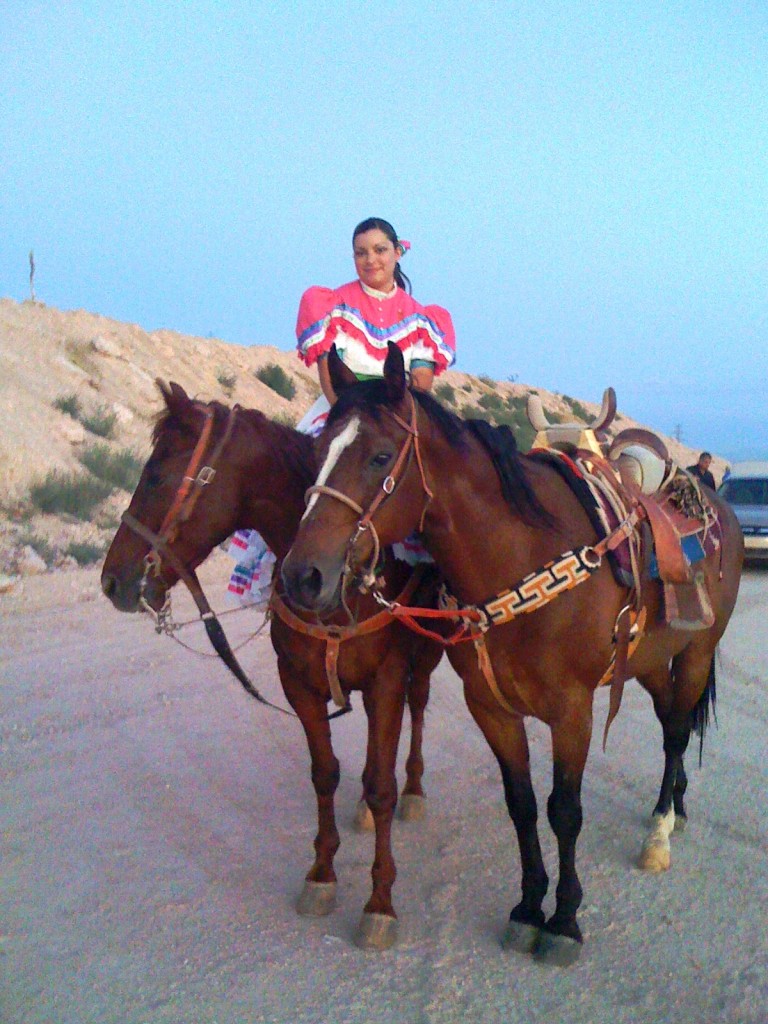 February 2016: “Creative City”
February 2016: “Creative City”
 Follow
Follow

